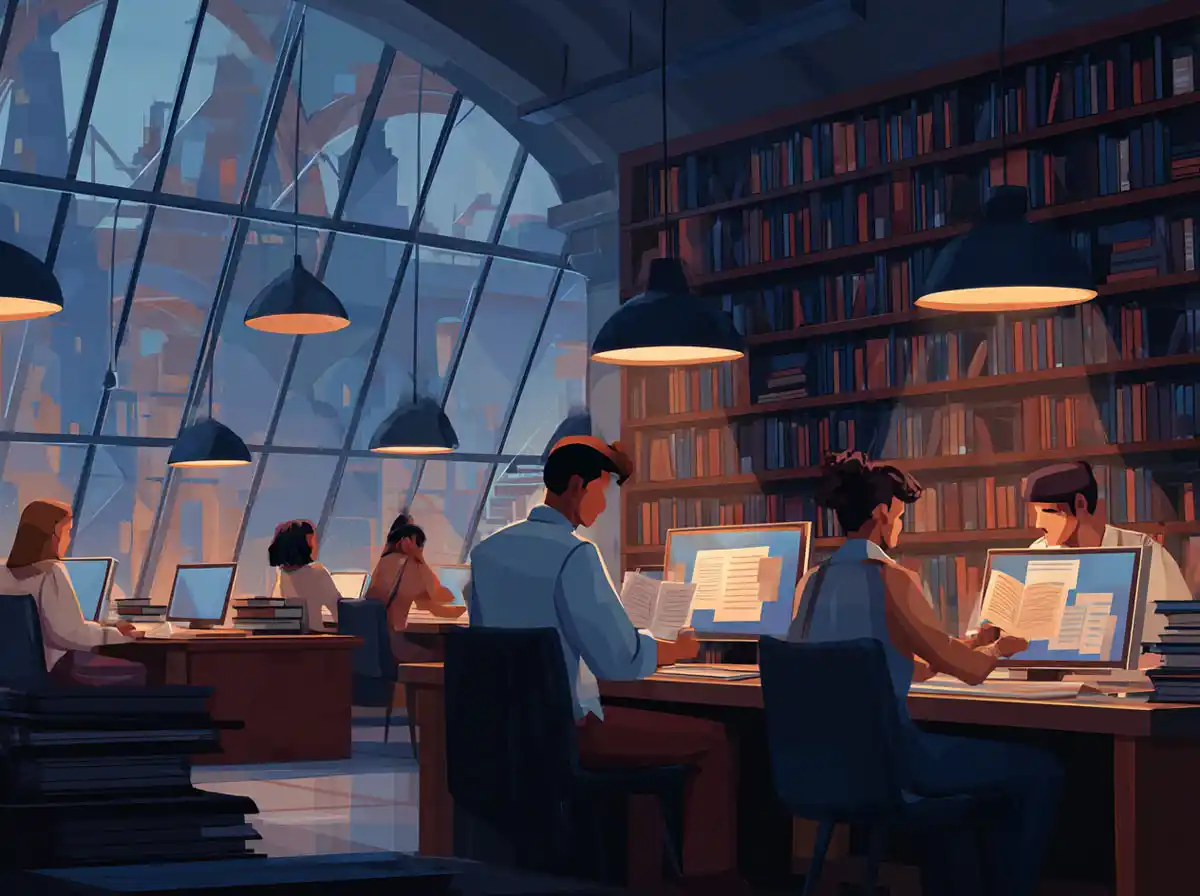Colors in Serbian
Serbian, like many languages, has a rich palette of color vocabulary. Colors (boje) can be used to describe everything from clothing to food, and understanding them can greatly enhance your ability to communicate.
Basic Color Terms:
– Red in Serbian is “crvena” (feminine), “crveno” (neuter), “crveni” (masculine plural). For example: Vidim crvenu jabuku. (I see a red apple.)
– Blue is “plava” (feminine), “plavo” (neuter), “plavi” (masculine plural). For example: Nebo je plavo. (The sky is blue.)
– Green is “zelena” (feminine), “zeleno” (neuter), “zeleni” (masculine plural). For example: Trava je zelena. (The grass is green.)
Describing Light and Dark Shades:
– Light blue is “svetlo plava” and dark blue is “tamno plava”. For instance: Moja majica je svetlo plava. (My shirt is light blue.)
– Similarly, light green is “svetlo zelena” and dark green is “tamno zelena”. For instance: Šuma je tamno zelena. (The forest is dark green.)
More Color Variations:
– Purple – “ljubičasta”: Njena suknja je ljubičasta. (Her skirt is purple.)
– Orange – “narandžasta”: Jeste li videli narandžasti zalazak sunca? (Did you see the orange sunset?)
– Pink – “roze”: Beba nosi roze haljinicu. (The baby is wearing a pink dress.)
Shapes in Serbian
Just like colors, shapes (oblici) are frequently used descriptors in everyday conversation. Knowing these basic terms will allow you to discuss objects and their features more precisely.
Common Geometric Shapes:
– Circle – “krug”: Sunce je u obliku kruga. (The sun is in the shape of a circle.)
– Square – “kvadrat”: Prozor je u obliku kvadrata. (The window is in the shape of a square.)
– Triangle – “trougao”: Sendvič je isečen u obliku trougla. (The sandwich is cut in the shape of a triangle.)
Describing 3D Shapes:
– Sphere – “sfera”: Zemlja je sfera. (The Earth is a sphere.)
– Cube – “kocka”: Kocka leda u mom piću je hladna. (The ice cube in my drink is cold.)
– Cylinder – “cilindar”: Mleko je u pakovanju koje je u obliku cilindra. (The milk is in packaging that is in the shape of a cylinder.)
Using Shapes in Complex Sentences:
Understanding and using these terms can help you describe items more accurately and engage in more descriptive conversations. For example, you could say: Na stolu je crveni trougao. (There is a red triangle on the table.)
Combining Colors and Shapes
Being able to combine the knowledge of both colors and shapes allows for even more detailed descriptions. Here’s how you can combine both in Serbian:
– Žuta kružna ploča stoji na stolu. (A yellow circular plate is on the table.)
– Vidim veliki plavi kvadrat na zidu. (I see a large blue square on the wall.)
– Gde je moja mala zelena sfera? (Where is my small green sphere?)
By mastering these fundamental vocabulary terms in Serbian, you’re not only enhancing your ability to communicate effectively, you’re also stepping closer to thinking in the language—a crucial aspect of fluency. Remember, practice makes perfect, so try to use these new words in your daily conversations or writing exercises. As you continue your language learning journey, these foundational words for colors and shapes will serve as building blocks for more complex linguistic structures and expressions.










